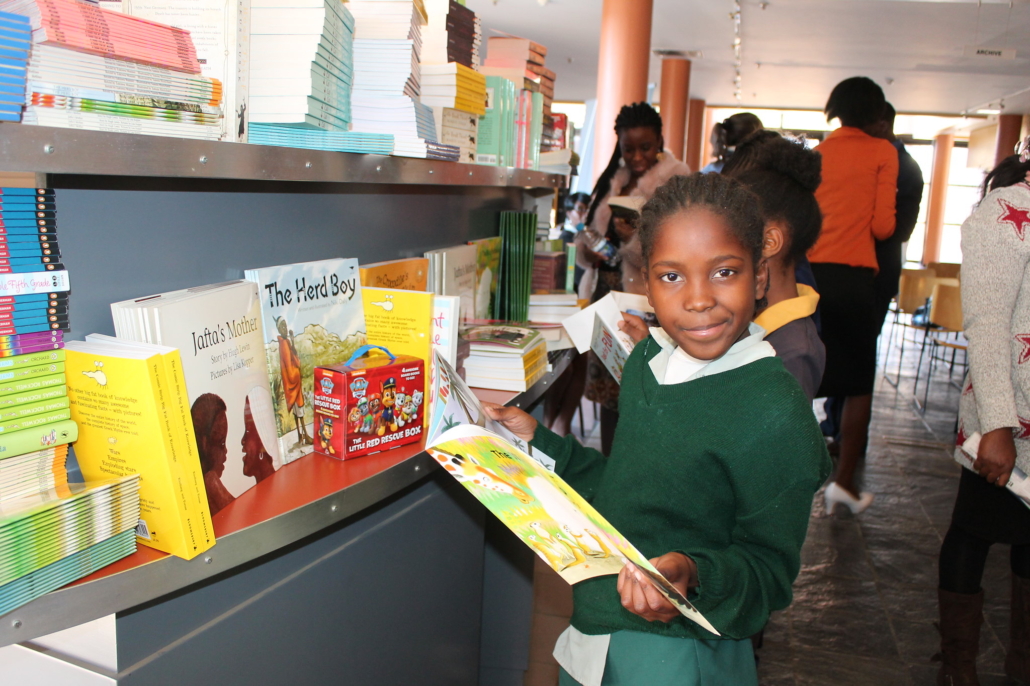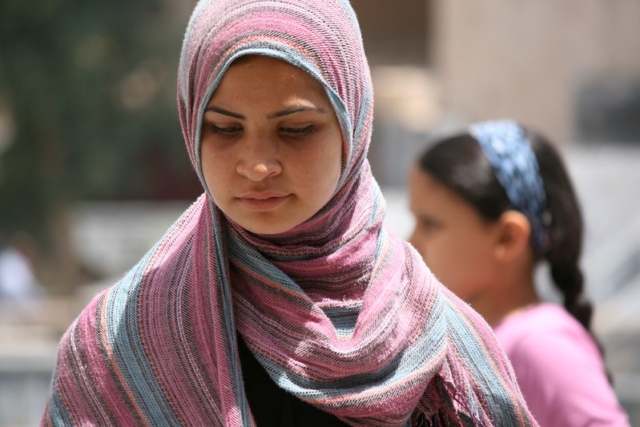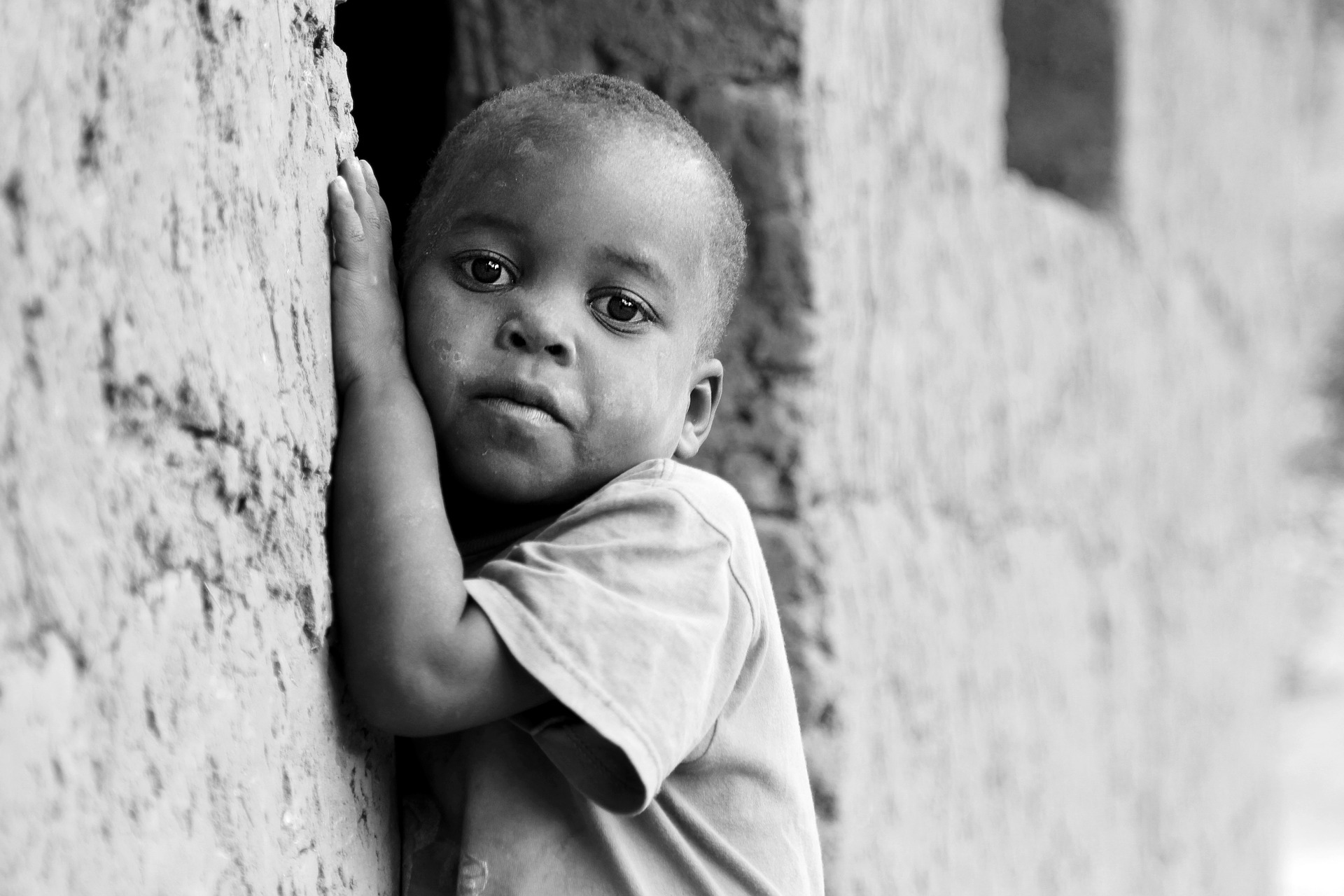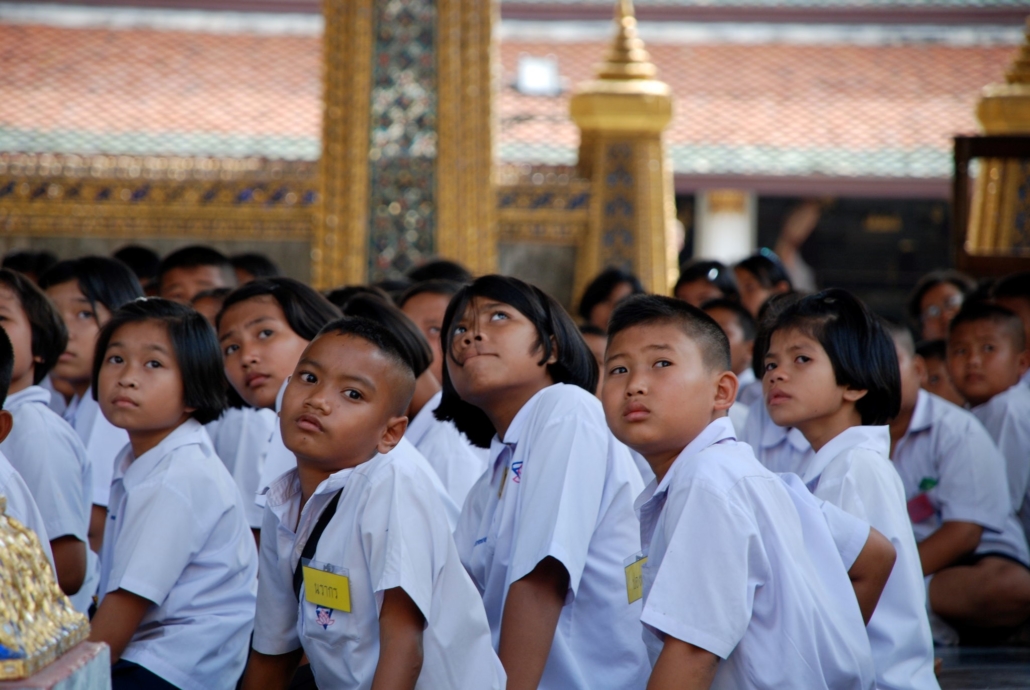 Namibia, a southern African country with a population slightly above 2.5 million, marked a milestone in global development. It is currently the first African country to meet the fifth Sustainable Development Goal (SDG), dedicated to advancing gender equality and women’s empowerment.
Namibia, a southern African country with a population slightly above 2.5 million, marked a milestone in global development. It is currently the first African country to meet the fifth Sustainable Development Goal (SDG), dedicated to advancing gender equality and women’s empowerment.
In 2012, the United Nations (UN) created a list of 17 interconnected goals to act as the blueprint for a more sustainable, equitable and prosperous future for people and the planet by 2030. These “global goals” cover many issues, including poverty, hunger, health, education, gender equality, clean water and more.
SDG 5: Empowering Women and Combating Gender Discrimination
United Nations Sustainable Development Goal 5 specifically targets ending discrimination against women and girls through a comprehensive approach that encompasses the following:
- Including women in the labor market: Globally, only one in two women work for wages as compared to three in four men.
- Ending violence against women, both physical and sexual abuse: One in three women above the age of 15 experience physical/sexual violence in their lifetime.
- Stopping harmful practices such as child marriage and female genital mutilation: At least 200 million girls are subject to female genital mutilation. In 2021, nearly one in five girls were married before age 15.
- Integrating women within leadership and decision-making roles: The UN reports that women’s representation in government across more than 23 countries was under 10% in 2022.
- Adopting policies that strengthen and empower women and girls: Remove discriminatory laws and replace them with legislation to reflect society’s equal gender roles.
- Strengthening women’s empowerment through technology: Women make up a significant portion of the 3.9 billion people lacking access to technology.
- Recognizing the value of domestic unpaid work: Women are more than twice as likely to be engaged in domestic work than men.
Gender Equality and Economic Growth
Gender equality is not only a matter of human rights but also a driver of poverty reduction and good governance. The World Bank’s Gender Employment Gap Index (GEGI) predicts that closing all gender gaps would result in a 20% increase in GDP across all countries.
Namibia’s Commitment to SDG 5
Working on SDG 5 in Namibia achieved the following:
- Achieving gender balance in the labor force: In 1990, women represented 45.6% of the workforce. As of 2022, women represent 49.8%.
- Ensuring gender-equitable education for males and females: In 1990, women’s literacy rate was 74%. Currently, the rate for women above 15 is 91.4%, equal to that of men.
- Increasing the representation of women in national government positions: In 2013, women held 24.36% of government positions. As of February 2021, women held 44.2% of parliamentary seats.
- Increasing women’s use of technology: Around 93.6% of female-headed households have mobile telephone access.
These accomplishments are a testament to the influence SDG 5 has had on local and national legislation, education and public awareness in Namibia. The Namibian government has implemented and enforced legislation prohibiting sex-based discrimination in the workforce and public campaigns promoting positive gender roles while eradicating harmful practices such as female genital mutilation. These efforts have facilitated women’s transition from the informal to the formal economy, giving autonomy to women and bringing them into the workforce. As of 2023, more than 50% of women are in the workforce, and 80% of Namibian women hold a bank account through an institution or online platform.
Critical Success Factors: Collaboration
Namibia’s success in meeting SDG 5 goals is due to a cooperative effort between international organizations led by the UN, local Namibian government institutions and citizen-led movements. Namibia achieved a remarkable 91.7% implementation of the SDG 5 programs through this collaborative effort.
Participation of the UN has been vital to meeting SDG 5 in Namibia. Particularly noteworthy was the support from the United Nations Children’s Fund, the United Nations Population Fund and UN Women. Furthermore, local and governmental institutions within Namibia played crucial roles. In fact, the Namibia Ministry of Health and Social Services and the Namibia Ministry of Gender Equality played essential roles in following these advancements.
Another notable role involved Namibian citizens. The “ShutItAllDown” movement in October 2020 propelled the country into action, calling for the protection of women against gender violence. Protests in Namibia’s capital, Windhoek, began in response to gender-based violence following the femicide of Shannon Wasserfall as a result of protesters’ demands. Namibia implemented security measures to enhance women’s protection. The government implemented a school curriculum focused on gender-based violence and enhanced training for police officers.
The Way Forward
To address poverty among women in Namibia, a robust political movement has emerged, accompanied by increased budgetary allocations for gender mainstreaming. National initiatives focus on preventing and educating against gender-based violence, and a recent positive step involves the elimination of the “tampon tax.” Legal foundations, such as The Namibian Constitution (1990) and the Combating of Domestic Violence Act (2003), along with affirmative action, contribute significantly to gender equality and poverty reduction.
Despite commendable progress, challenges persist, necessitating continued efforts. Achieving gender equality is an enduring process demanding sustained commitment across various sectors. Notably, Namibia’s significant strides in fulfilling SDG 5 exemplify the attainability of such goals. Also, Namibia’s progress could serve as an inspiration for neighboring countries.
– Isabella Oliver-Steinberg
Photo: Flickr

 Amid conflict and war, Syrian women face a forgotten but significant issue: a lack of access to menstrual products. Despite its natural occurrence, periods are a source of shame and taboo in many countries, including Syria. Those living under siege in Syria are forced to live without basic necessities such as clean water and feminine hygiene products.
Amid conflict and war, Syrian women face a forgotten but significant issue: a lack of access to menstrual products. Despite its natural occurrence, periods are a source of shame and taboo in many countries, including Syria. Those living under siege in Syria are forced to live without basic necessities such as clean water and feminine hygiene products. At the start of the COVID-19 pandemic, Uruguay had some of the lowest infection rates in Latin America. On June 30, 2020, Bloomberg reported that while its bordering country Brazil had
At the start of the COVID-19 pandemic, Uruguay had some of the lowest infection rates in Latin America. On June 30, 2020, Bloomberg reported that while its bordering country Brazil had

